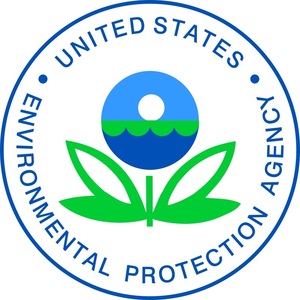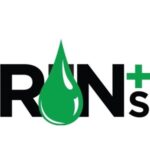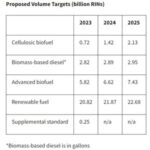EPA approves RFS fuel pathway for LanzaJet’s Georgia facility
Energy Disrupter
ADVERTISEMENT
The U.S. EPA on Jan. 12 approved a fuel pathway filed by LanzaJet Inc. under the Renewable Fuel Standard that will allow the company’s biorefinery near Soperton, Georgia, to generate D4 biomass-based diesel renewable identification numbers (RINs) for renewable jet fuel and renewable diesel produced from sugarcane ethanol.
The approved pathway applies to renewable jet fuel and renewable diesel produced from undenatured ethanol through a process of dehydration, oligomerization, and hydrotreating using grid electricity, natural gas, and hydrogen as process inputs (the “LanzaJet Soperton Process”). The undenatured ethanol used in the process will be produced using sugarcane feedstock and is considered a biointermediate under an RFS rulemaking finalized in mid-2022.
In the approval document, the EPA specifies certain conditions unique to the LanzaJet Soperton Process that must be satisfied in order for the company to generate RINs. In addition, the EPA states that both LanzaJet and the producer of undenatured ethanol must also comply with all applicable requirements for the production, transfer and use of undenatured ethanol as a biointermediate under the applicable RFS regulations.
“Based on our assessment of LanzaJet’s equivalence value application, we are temporarily approving an equivalence value of 1.6 for renewable jet fuel produced under the LanzaJet Soperton Process,” the EPA wrote in the pathway approval document. “Given that LanzaJet’s current equivalence value application is based on pilot scale fuel production, EPA is conditioning this pathway approval on LanzaJet submitting a new equivalence value application for their renewable jet fuel within 60 days of operation of the LanzaJet Soperton Facility.”
The EPA’s calculations show that renewable jet fuel and renewable diesel produced via the LanzaJet Soperton Process achieve a greenhouse gas (GHG) reduction of 54 percent to 66 percent when compared to a baseline for fossil diesel depending on how the cogeneration of electricity at sugarcane ethanol plants is accounted for in the fuel pathway modeling.
LanzaJet in December celebrated a construction milestone at the site of the Soperton plant. Construction on the facility is currently expected to be complete later this year. Once fully operational, the facility is expected to have the capacity to produce 10 million gallons of renewable fuel annually.
A full copy of the pathway approval document is available on the EPA website.
















